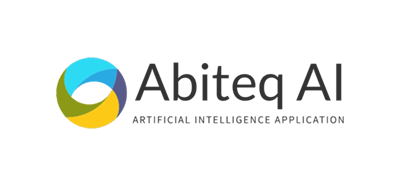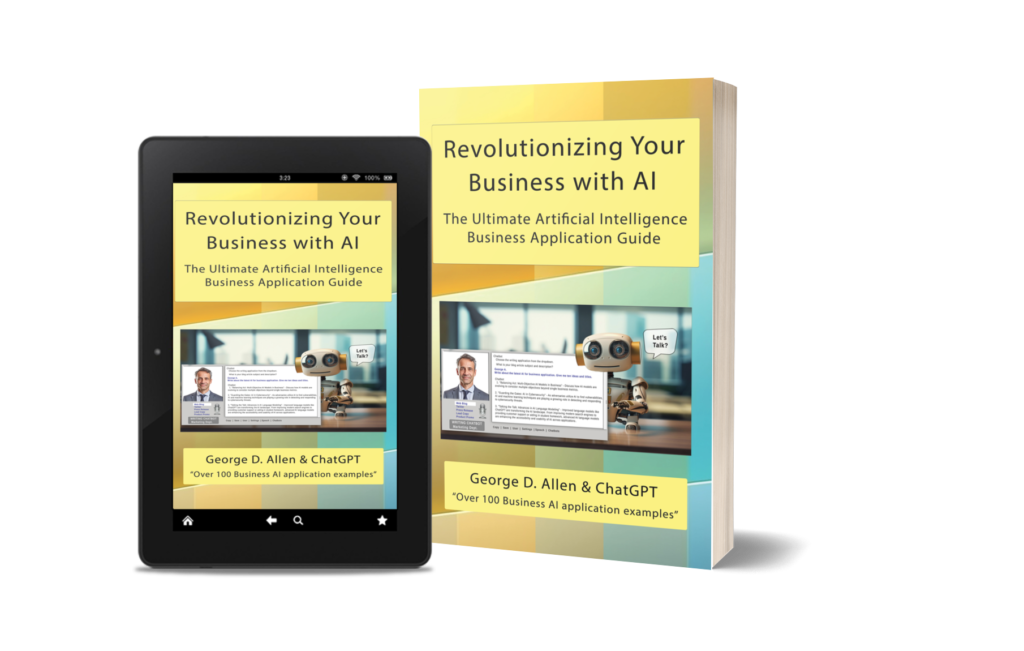In today’s fast-paced digital world, businesses are constantly seeking ways to improve customer experiences and streamline their processes. One such innovation is the implementation of chatbots. Powered by advanced artificial intelligence (AI), chatbots have grown in popularity as they provide efficient customer service and user engagement. OpenAI’s ChatGPT, based on the state-of-the-art GPT-4 architecture, is a powerful AI language model that allows developers to create custom chatbot solutions tailored to their unique needs. In this blog post, we will explore how to develop these solutions using ChatGPT, its benefits, and some best practices to follow.
Overview of ChatGPT
ChatGPT, or Chat Generative Pre-trained Transformer, is an AI language model developed by OpenAI. It is designed to understand and generate human-like text based on context and user inputs. Thanks to its advanced training on vast amounts of text data, ChatGPT can understand complex language patterns and deliver coherent, context-aware responses. This makes it an ideal choice for developing custom chatbot solutions.
Benefits of Using ChatGPT for Custom Chatbot Solutions
Improved Customer Experience: ChatGPT’s ability to generate human-like responses leads to more natural, engaging, and personalized interactions with users. This enhances the overall customer experience and fosters trust in your brand.
Cost-Effective Solution: Chatbots built using ChatGPT can significantly reduce customer service costs by automating routine tasks, providing instant support, and allowing human agents to focus on more complex issues.
Seamless Integration: ChatGPT can be integrated into a wide range of platforms, such as websites, social media, messaging apps, and other communication channels. This enables businesses to offer a consistent customer experience across multiple touchpoints.
Scalability: As your business grows, ChatGPT-powered chatbots can easily scale to handle increased customer interactions without compromising performance.
Customizability: ChatGPT allows you to create chatbots tailored to your specific requirements, ensuring the bot aligns with your brand’s voice and values.
Developing Custom Chatbot Solutions with ChatGPT
Define Your Objectives: Start by outlining the goals of your chatbot. This may include automating customer support, providing personalized recommendations, or answering frequently asked questions.
Identify Key Conversational Scenarios: Determine the most common conversational scenarios your chatbot needs to handle. Create a list of these scenarios and develop a conversational flowchart for each.
Choose an API and Platform: Choose an appropriate API (e.g., OpenAI’s ChatGPT API) and a platform for integrating the chatbot into your existing systems (e.g., website, messaging app, etc.).
Develop Custom Intents and Entities: Intents and entities are crucial for understanding user inputs and delivering relevant responses. Intents represent the user’s intention (e.g., asking for help), while entities are specific data points extracted from user inputs (e.g., product name, date, etc.). Create custom intents and entities that align with your conversational scenarios.
Train Your Chatbot: To ensure your chatbot delivers accurate and relevant responses, you need to train it using sample data. Provide ChatGPT with example conversations, including user inputs and the desired chatbot responses. Make sure to include a diverse set of examples that cover various scenarios and user input variations.
Test and Iterate: Test your chatbot thoroughly to ensure it performs as expected. Identify any issues or areas for improvement, and refine your intents, entities, and training data accordingly. Repeat this process until you achieve the desired level of performance.
Deploy and Monitor: Once your chatbot is ready, deploy it on the chosen platform and monitor its performance. Collect user feedback and analyze chat logs to identify any new conversational scenarios or potential issues. Use this information to update your training data and improve your chatbot’s performance over time.
Best Practices for Developing Custom Chatbot Solutions with ChatGPT
Prioritize User Experience: Keep the user experience at the forefront of your chatbot development process. Ensure your chatbot’s conversational flow is intuitive, easy to understand, and engaging. Provide users with clear instructions on how to interact with the chatbot and handle any potential misunderstandings gracefully.
Maintain Consistent Brand Voice: Customize your chatbot’s responses to align with your brand’s voice and tone. This ensures a consistent experience for users across all touchpoints with your brand.
Implement a Fallback Strategy: There will be instances when your chatbot might not understand a user’s input or be unable to provide a relevant response. In such cases, implement a fallback strategy that offers alternative solutions, such as redirecting the user to human support or providing links to relevant resources.
Use Context-Aware Conversations: Leverage the context-aware capabilities of ChatGPT to deliver more personalized and relevant responses. Make use of session data, user history, and other contextual information to create a more engaging user experience.
Regularly Update Your Chatbot: Continuously gather user feedback and monitor chat logs to identify areas for improvement. Regularly update your chatbot’s training data, intents, and entities to ensure it stays relevant and accurate.
Ensure Data Privacy and Security: Implement robust data privacy and security measures to protect user information. Clearly communicate your data handling practices to users and ensure compliance with applicable data protection regulations.
Conclusion
Developing custom chatbot solutions with ChatGPT can greatly enhance customer experience, streamline processes, and reduce costs. By following the steps and best practices outlined in this post, you can create a powerful, context-aware chatbot tailored to your unique requirements. Remember to keep the user experience at the heart of your development process and continuously refine and update your chatbot based on user feedback and performance data. With careful planning and execution, your ChatGPT-powered chatbot can become an invaluable asset to your business.
Need help incorporating ChatGPT into your business?
Contact us at Abiteq AI – Business AI Solutions.

